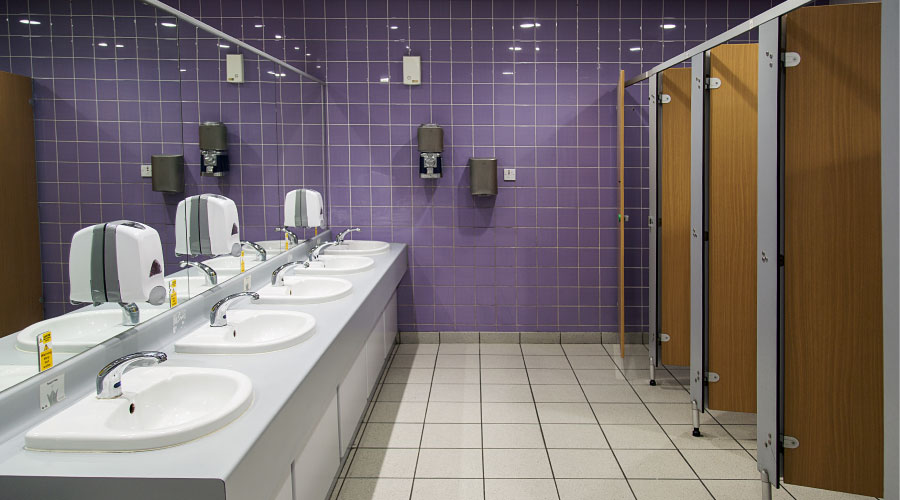The Resurgence Legionnaires' and Resources to Help Address It
Dan Hounsell, Editor-in-Chief, reviews the resurgence of Legionnaires’ disease
By Dan Hounsell, Editor-in-Chief
OTHER PARTS OF THIS ARTICLEPt. 1: This Page
Legionnaires’ disease is back. Really, though, it never went away. After an outbreak at a Philadelphia hotel in 1976 afflicted 182 people and killed 29, the disease has remained a threat to occupants of and visitors to institutional and commercial facilities via building water systems.
But in recent years, cases of the disease have grown with a vengeance. In 2017, nearly 7,500 people contracted Legionnaires’ disease in the United States, a more than fivefold increase in cases since 2000, according to the U.S. Centers for Disease Control and Prevention (CDC).
Why the resurgence? Among the possible factors are differences in testing and reporting, greater public awareness of the potential for outbreaks, and differences in infrastructure, climate, population density, and cooling tower density.
Whatever the reasons, the situation creates critical challenges for maintenance and engineering managers responsible for systems and equipment that use and store water — cooling towers, spas, hot tubs, showerheads and decorative fountains, and many others.
The resurgence also has brought a host of new and updated resources managers can tap into in order to improve their facilities’ water management systems, including:
- The updated ANSI/ASHRAE Standard 188-2018, Legionellosis: Risk Management for Building Water Systems establishes minimum legionellosis risk management requirements for building water systems. https://goo.gl/qPKAvA
- The CDC offers a range of Legionnaires’ disease information and resources, including a Legionella toolkit that helps managers develop a water management program to reduce Legionella growth and spread in buildings. https://goo.gl/RUYo51
Finally, be sure to read Brian Hageman’s cover story on page 8 for insights and guidance on preventing, detecting and responding to Legionnaires’ disease.
Related Topics:












